The Jardin du Luxembourg is a magnificent park planted with trees to spend a good moment of relaxation on the hundreds of metal chairs available to the public. Located in the sixth arrondissement of Paris, its creation dates back to the 17th century at the request of Marie de Médicis (1575-1642) Queen of France, wife of Henri IV (1553-1610).
With an area of around 25 hectares, the Jardin du Luxembourg offers many cultural and outdoor sports activities, such as playing chess, tennis and pétanque. There are also many activities and facilities for children: puppet theater, rides, slides, pony rides, or navigate a remote-controlled boat on the large pool.
The Jardin du Luxembourg has 106 statues dotted across the park. They represent Queens, Illustrious Ladies, Saintes, allegorical figures, animals, artists … Without forgetting the monumental Fountain of Medici and its basin, which was then called the Grotte du Luxembourg. The Fountain of Medici is a multifaceted monument, it is bordered by two rows of plane trees and the trompe-l’oeil architecture gives the illusion of an inclined body of water. It is originally an Italian caprice of Marie de Medici. The project she designs is inspired by the Florentine style that marked her childhood. The Medici Fountain has been listed as a historical monument since 1889.
Royal Residence, the Luxembourg Palace, since 1879 has housed the Senate, chamber of the French upper parliament. It is the Senate that administers and maintains the Jardin du Luxembourg.
Continuing the walk in the Jardin du Luxembourg, along the avenue de l’Observatoire, throughout its central part, there is an extension of a series of gardens leading towards the Jardin des Grands Explorateurs. The square is planted with chestnut trees and its alleys connect the entrance to the Jardin du Luxembourg.
The Fountain of the Four Parts of the World, in bronze, is located at the entrance to the Jardin des Grands Explorateurs. The globe of the fountain is decorated with the signs of the zodiac and it represents the four parts of the world:
Africa symbolized by a black woman, America symbolized by a Native American woman, Asia symbolized by an Asian woman and Europe symbolized by a European woman.
It is a tribute to Maco Polo (1254-1324) explorer of the East and to Robert Cavelier de la Salle (1643-1687) explorer of the West. It was drawn by Carpeaux and executed by Davioud in 1875.
A beautiful walk to discover in this magnificent Garden of the Luxembourg Palace.
Useful information:
Access to the Luxembourg Gardens
Metro: Odéon station
RER: Luxembourg station
Bus: lines 21, 27, 38, 58, 82, 84, 85, 89
Share this content:


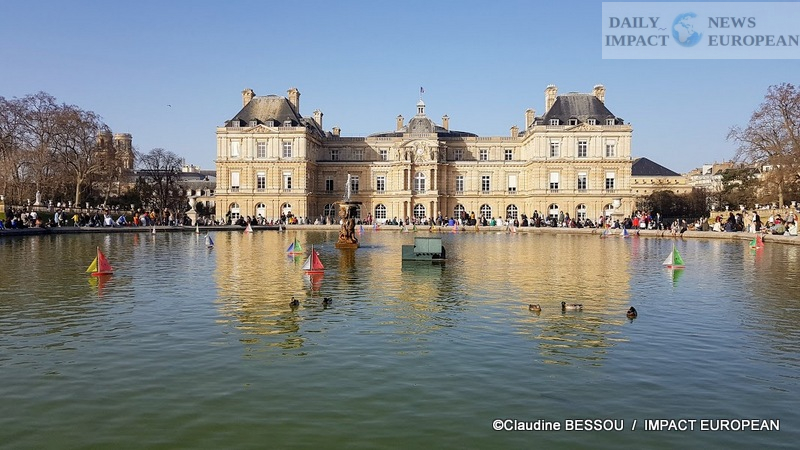

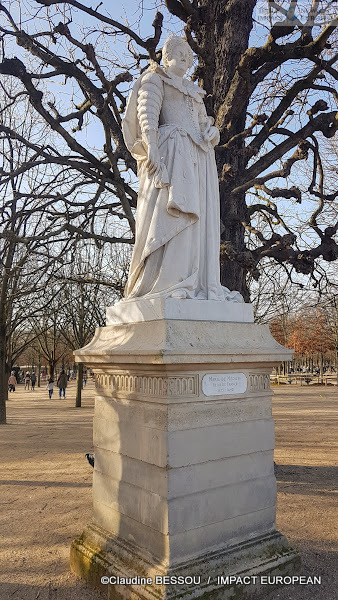
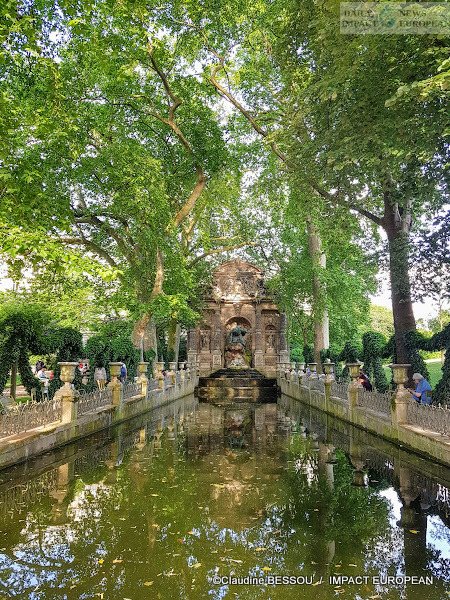
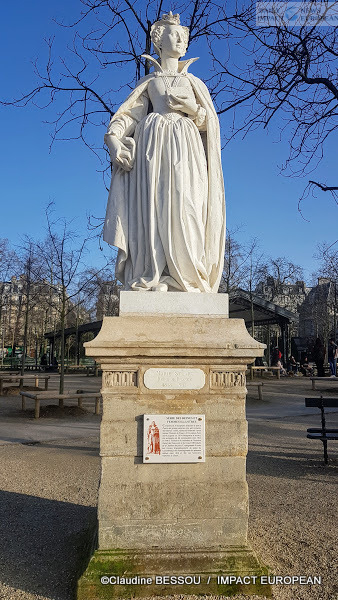
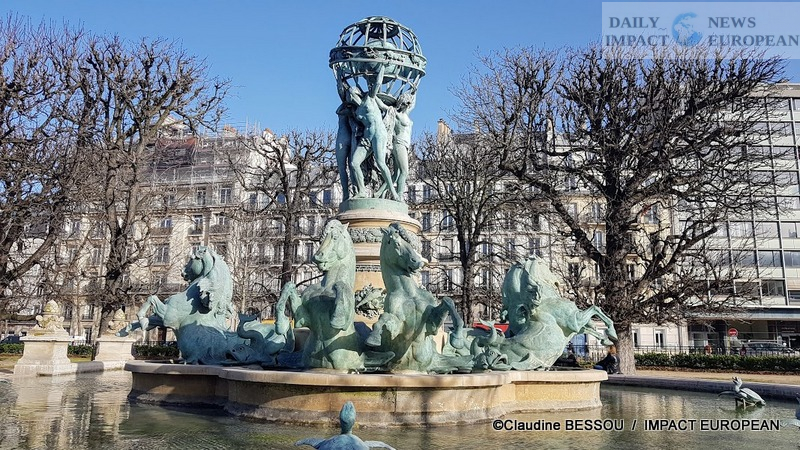
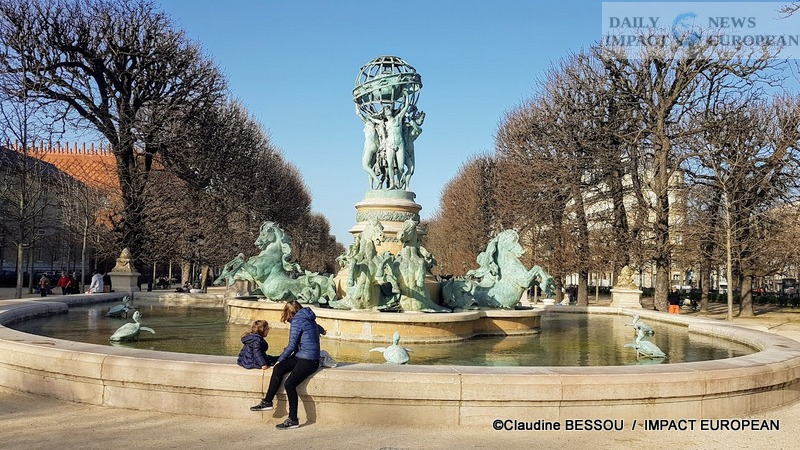
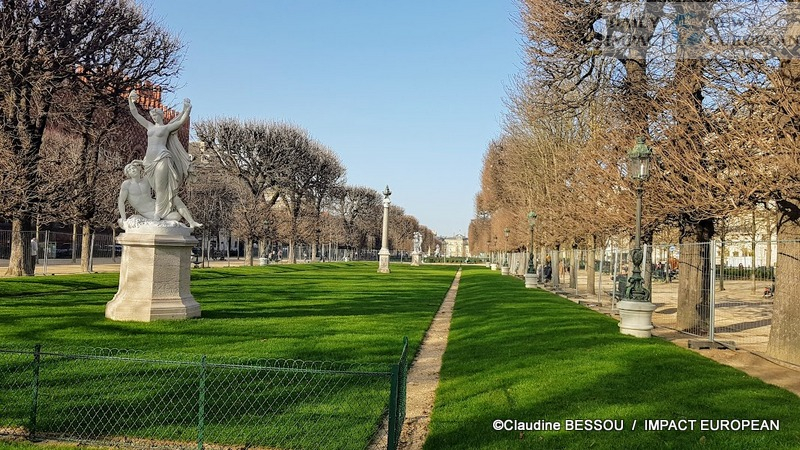
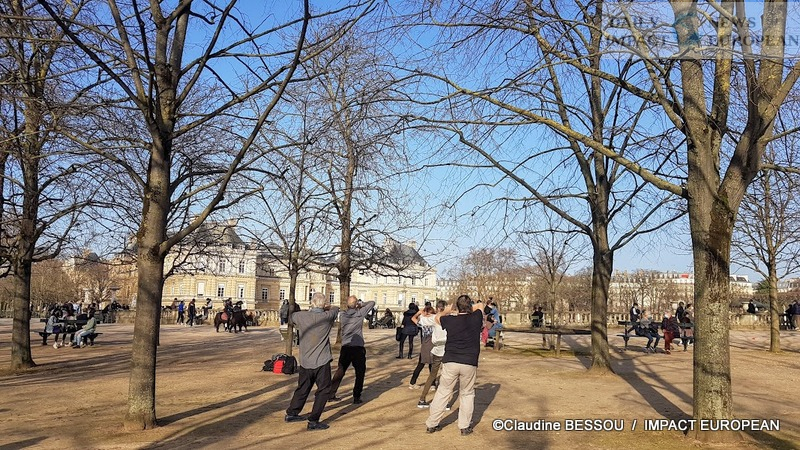
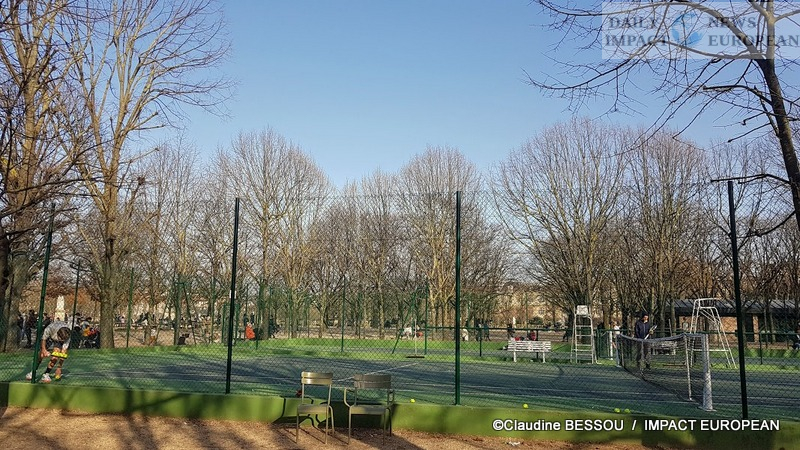
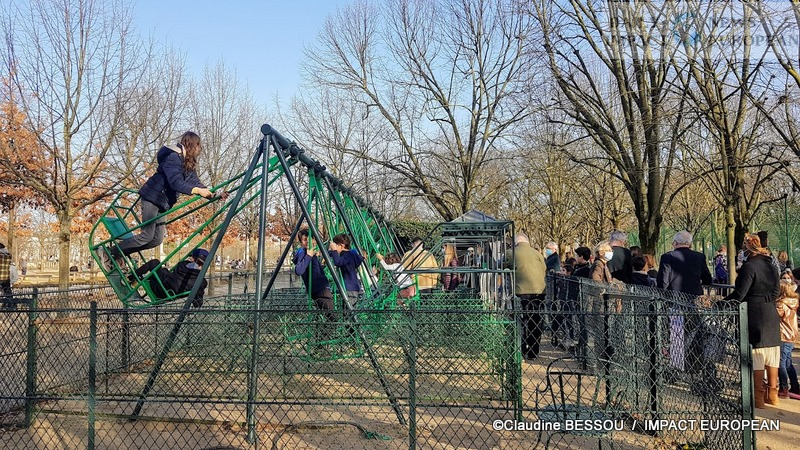
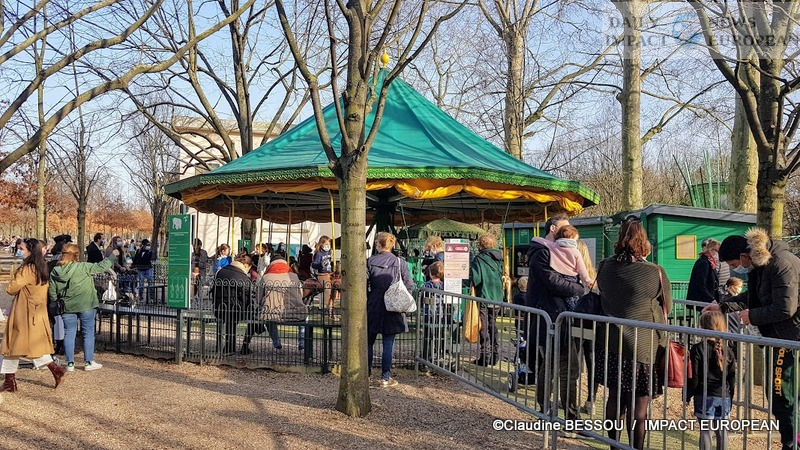
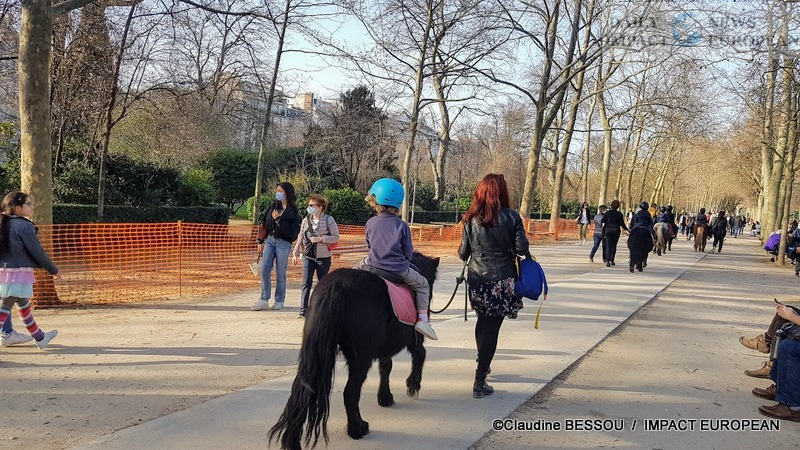
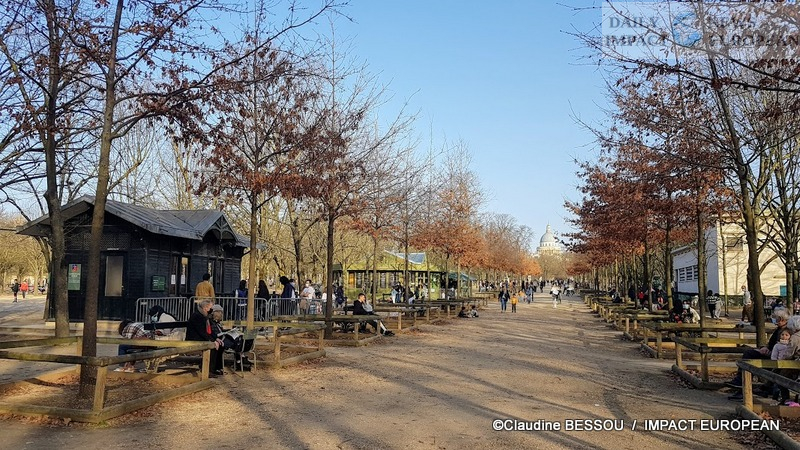
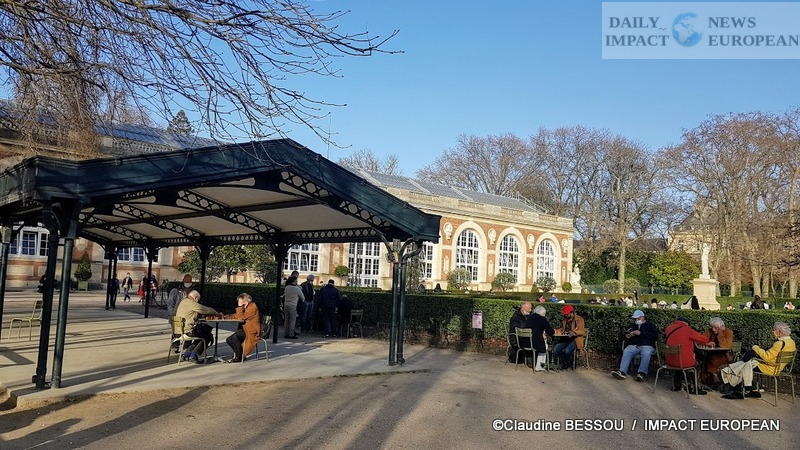
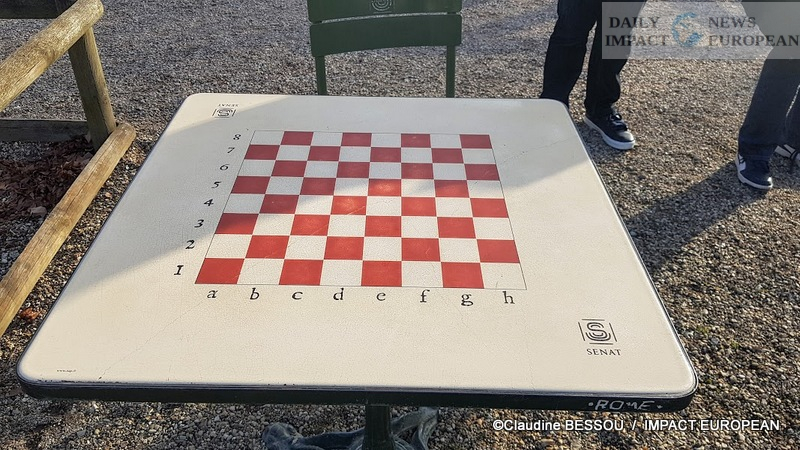
Plus d'histoires
Île-de-France’s “Chanté Nwèl” Lights Up Saint-Ouen with Caribbean Warmth
Eternal Tribute to CitéStars’ Stars
The 7th Golden Stars of CitéStars: A Constellation of Humanity and Solidarity in Paris!